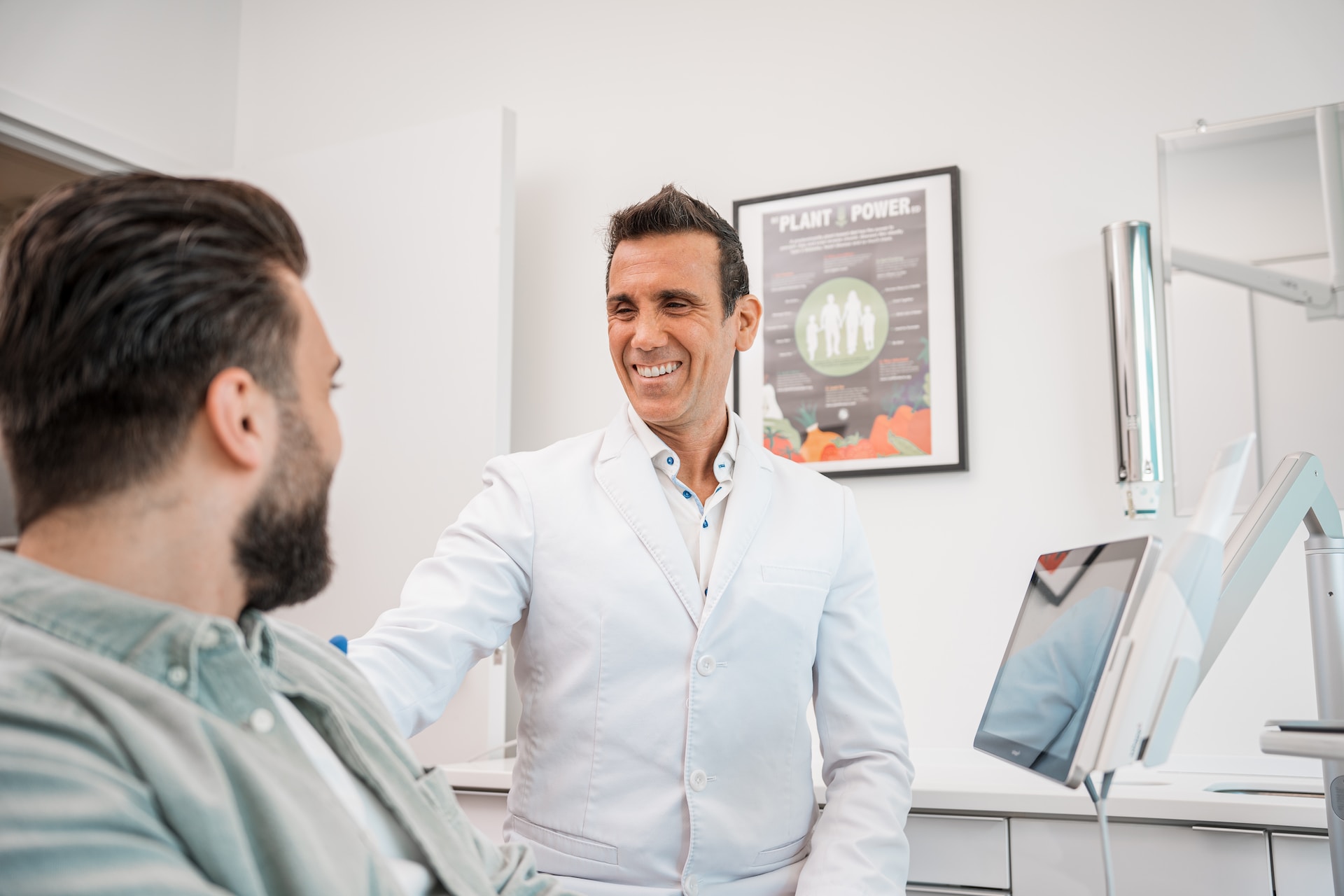
The arrival of wisdom teeth, or third molars, is a natural and common dental occurrence. These latecomers typically make their debut between the ages of 16 and 25. While their emergence is a rite of passage for many, it can also be accompanied by noticeable signs and symptoms. In this blog, we will explore the early signs that may indicate the onset of wisdom teeth eruption, helping you to better understand what to expect during this phase of dental development.
Understanding Wisdom Teeth:
Before delving into the signs of wisdom teeth eruption, let’s start by understanding what these mysterious molars are all about. Wisdom teeth, scientifically known as third molars, are the last set of molars to emerge in the mouth. While most individuals have four wisdom teeth—two on the upper jaw and two on the lower—they do not appear in everyone. In fact, it’s not uncommon for some individuals to have fewer than four or none at all. They are the teeth to be the most commonly missing and possess the largest variation of appearance.
Common Signs of Wisdom Teeth Eruption:
As wisdom teeth make their way into the oral landscape, they can bring about a variety of early signs and symptoms. It’s important to note that not everyone will experience these indicators, but here are some common signs to be aware of:
- Mild Discomfort: One of the initial signs is often a mild, dull ache or discomfort in the back of the mouth. This sensation may come and go as the teeth gradually move into position.
- Swelling and Tenderness: The gum tissue surrounding the emerging wisdom tooth may become swollen and tender. This can lead to tenderness, particularly when eating or brushing near the area.
- Redness: Inflammation of the gum tissue is a typical response to the pressure exerted by the erupting wisdom tooth. This can result in redness and bleeding around the affected area.
- Bad Breath: Difficulty in properly cleaning around a partially erupted wisdom tooth can create a breeding ground for bacteria. This can lead to bad breath, also known as halitosis.
The presence of these signs doesn’t necessarily indicate a problem, but they should prompt you to pay closer attention to your oral health and consider seeking professional evaluation if discomfort persists or worsens.
Also Read: What to Eat After Wisdom Tooth Extraction?
Potential Complications:
While the emergence of wisdom teeth is a natural process, quite often it does not go smoothly. Here are some potential complications associated with wisdom teeth eruption:
- Impaction: Wisdom teeth are notorious for becoming impacted, which means they don’t fully emerge from the gum line. This can lead to pain, discomfort, an increased risk of infection, and tooth decay if left untreated.
- Crowding: The arrival of wisdom teeth can exert pressure on adjacent teeth, causing them to shift or become crowded. This can impact your bite and overall oral alignment.
- Infection: The partially erupted gum tissue around wisdom teeth can create pockets that trap food particles and bacteria, increasing the risk of infection. This condition is known as pericoronitis.
- Cysts and Tumours: Although rare, wisdom teeth can sometimes be associated with the development of cysts or tumours, which may require surgical intervention.
- Trauma to soft tissues: Particularly on the top, the wisdom teeth can erupt through at an angle, rubbing the insides of the cheeks and causing repeated trauma here.
Understanding these potential complications highlights the importance of regular dental check-ups and early detection to address any issues that may arise during the eruption of wisdom teeth.
Seeking Professional Evaluation:
If you experience any of the signs mentioned earlier, or if you have concerns about the emergence of your wisdom teeth, it’s advisable to seek professional dental evaluation. Dentists possess the expertise and tools to assess the situation and provide guidance on the best course of action.
In Australia, dental professionals adhere to guidelines and standards set by the Dental Board of Australia, ensuring that dental evaluations and procedures are performed with the highest level of care and safety.
Management Options:
The management of emerging wisdom teeth depends on various factors, including their position, the presence of symptoms, and your overall oral health. Here are the primary management options:
- Extraction: Wisdom teeth extraction is a common solution for impacted or problematic third molars. Your dentist will evaluate the position of the teeth and may recommend removal to prevent potential complications. In Australia, dental extractions are performed in accordance with guidelines set by the Dental Board of Australia.
- Monitoring: In some cases, wisdom teeth may be monitored rather than immediately extracted. If they are erupting without causing issues and there is sufficient space in the mouth, your dentist may choose a “wait and see” approach. Regular dental check-ups are essential during this period to assess their progress.
- Pain Relief: To alleviate discomfort associated with wisdom teeth eruption, over-the-counter pain relievers, such as ibuprofen or paracetamol, can be effective. Follow the recommended dosage and consult with a healthcare professional if you have any concerns.
- Treating gum infections: When the wisdom teeth are only partially erupted, the gums can become easily infected (pericoronitis). Mild infections can be treated with gentle but thorough tooth brushing and saltwater rinses, or with a chlorhexidine mouthwash as an adjunct. In more severe infections, a script for antibiotics may be necessary. If swelling of the face presents (cellulitis), do not wait, see a dental professional ASAP. Antibiotics are required to treat cellulitis. Though rare, if left untreated mouth and facial swelling could become so severe the airways could become compromised. A medical emergency, known as Ludwig’s Angina, could result.
Alleviating Discomfort and Maintaining Oral Hygiene:
If you’re experiencing discomfort due to wisdom teeth eruption or if you’re waiting for a dental evaluation or procedure, here are some strategies to manage the situation:
- Warm Saltwater Rinses: Gargling with a warm saltwater solution can help reduce inflammation and soothe discomfort. Dissolve half a teaspoon of salt in eight ounces of warm water and use it as a mouthwash.
- Cold Compress: Applying a cold compress to the outside of your cheek for 15-20 minutes can help reduce swelling and numb the area.
- Soft Diet: Opt for a soft diet that doesn’t require extensive chewing. Avoid hard, crunchy, or sticky foods that can aggravate the discomfort.
- Proper Oral Hygiene: Continue with your regular oral hygiene routine, but take extra care around the emerging wisdom teeth. Gently brush and floss the area, being mindful not to irritate the gum tissue.
- Avoiding Irritants: Steer clear of tobacco products and alcohol, as these can exacerbate irritation and delay healing.
Conclusion:
The emergence of wisdom teeth is a natural part of dental development, but it can be accompanied by noticeable signs and, in some cases, complications. Understanding the early signs of wisdom teeth eruption and being aware of potential issues is key to maintaining optimal oral health.
If you suspect your wisdom teeth are coming in or if you’re experiencing discomfort, seeking professional dental evaluation is crucial. Dentists have the expertise to assess the situation and recommend the appropriate management approach, whether it’s extraction, monitoring, or pain relief.
For residents of Kangaroo Point, Brisbane, Smile Design Dental is a trusted dental practice where you can receive expert dental care and guidance on managing wisdom teeth-related concerns. Whether you require an evaluation, extraction, or simply advice on maintaining oral hygiene during this phase, the team at Smile Design Dental is here to assist you on your journey to a healthier and more comfortable smile.






Recent Comments